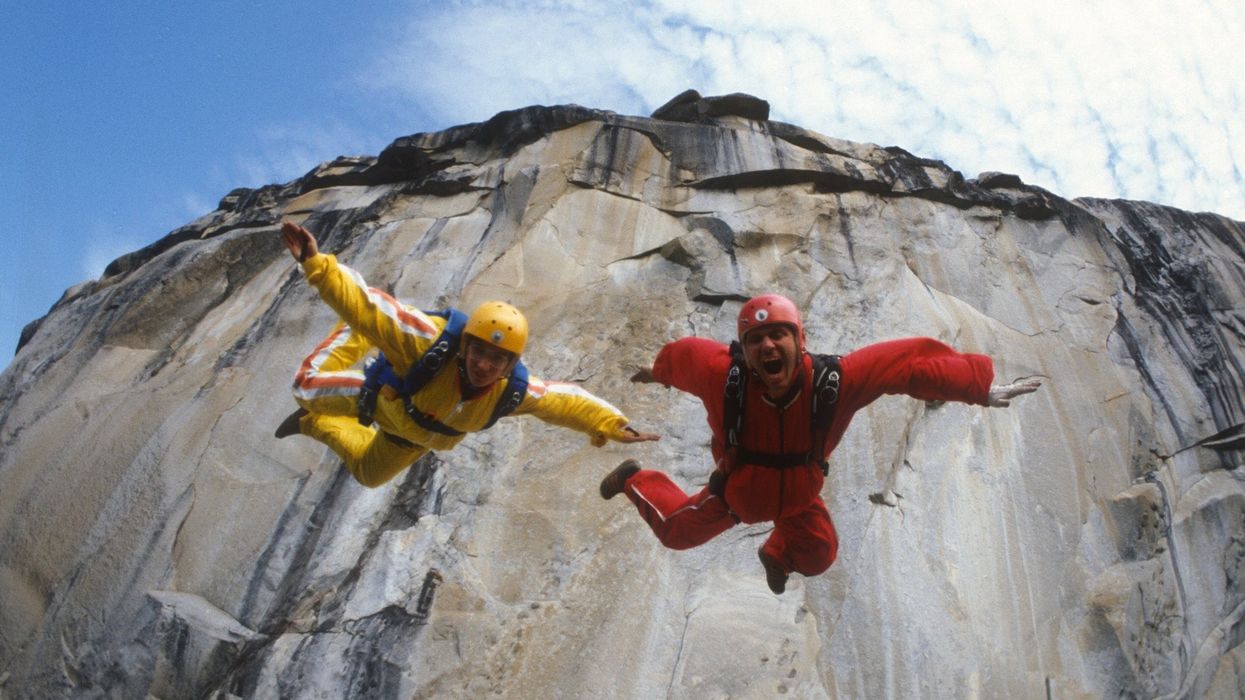How to Finance Your Next Film with European Co-Production Funds
If you’re a US-based filmmaker, you may not have considered co-production funding before because there are zero co-production treaties between the USA and Europe.

(In comparison, Canada has 50. Thanks American studio system!) However, with a tiny bit of creativity, you can actually tap into hundreds of European film funds who actually want to invest in your movie.
On the SXSW panel USA/Europe Co-production and Funding Opportunities, three top Scandinavian film commissioners sat down to let American filmmakers know what we can do ourselves to get much needed funding from European co-productions, and No Film School was there to pass the info on to you.
In the United States, you most likely view film commissions as places that can scout locations for you in their state. But in Europe, film commissioners have a different role: help you get funding by matchmaking you with a European co-producer. Commissioners Ingrid Rudefors, Mikael Svensson, and Truls Kontny explained how getting co-production money just starts with a phone call to their office. As government paid commissioners, they are in charge of guiding you through the process, and hopefully matchmaking you with a European producer, free of charge! Once you have a European producer on your team, you’ll be eligible for both national and regional film funds in each EU country.
What do you need to get paired up with a European co-producer, and ultimately, European co-production funding?
- A European element, or an element specific to that country. This can mean anything from locations filmed in that country, to an editor or part of post-production being sourced from the EU.
- A small percentage of your budget already raised. While not all the panelists agreed on this, it can be helpful to get a EU partner on board — especially if you are a newer director.
Still not sure if you fit this model? Here are three examples of projects that were made possible by co-production funds.
Bluebird
This Swedish and American co-production started with a partnership between Kyle Martin and Erika Wasserman at IFP. Based on their professional respect for each other’s work, Erika came on the project as a co-producer and was able to find money from the National Film Fund of Sweden to account for part of their budget. The production hired a talented editor from Sweden and completed part of their post-production in the country.
Sunshine Superman
At a networking event in LA, the American producers of this project approached Norwegian film commissioners about their wish to make a film where the producer would return to a place in Norway where her husband did his last base jump. There were able to get 40% of the film’s funding from Norwegian co-production, and they filmed about 50% of the film in the country.
Lilyhammer
The project started with two writers in Norway who wanted to get the Sopranos actor Frank Tagliano on board. Once they did, the series was funded by a Norwegian producer, and aired on Norwegian television before Netflix bought the first season and came on as co-producer for subsequent seasons.
Where do you start? European film commissions are a network of over 100 regional and national offices, so figure out where you might be looking to start geographically, and pick up the phone! From there, with no commission and completely free of charge, European film commissioners will work on your behalf to set you up with the right collaborators.
Some final notes to keep in mind if you are thinking of approaching a film commission in the EU with your project:
- Some countries may have specific needs to be met (like Germany & France, who require 25% of the film to be shot in-country).
- Productions in the EU must be union, and range from $2-4 million or less.
- It takes time to build trust and the right relationship with your European counterparts, not to mention some film funds have specific timelines that must be adhered to.
If you are thinking of starting down the road to co-production funding, best of luck! If you have experience working with co-production funds in Europe or elsewhere, we’d love to hear what you have learned.














